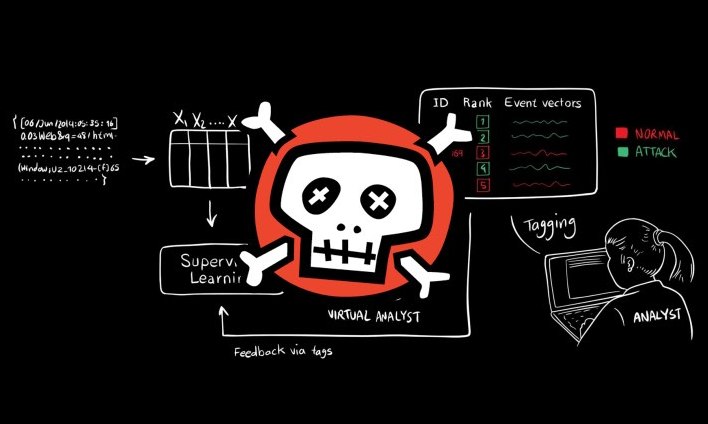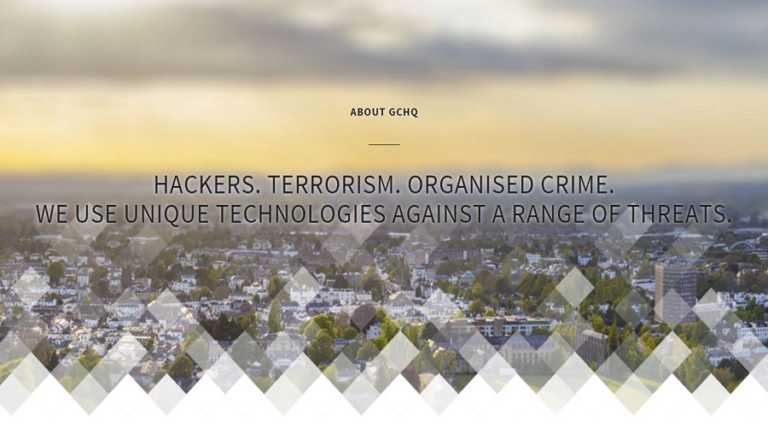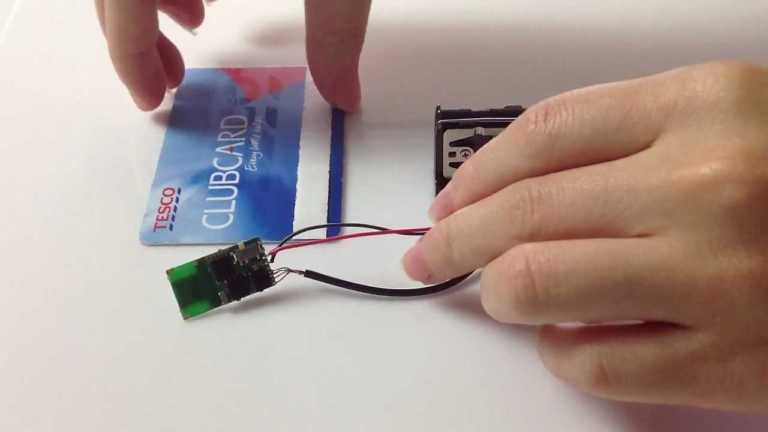How MIT Is Teaching AI To Detect Cyberattacks And Defeat Hackers With 86% Accuracy

 Short Bytes: MIT has developed a new AI system called AI2 to detect the cyberattack instances and mitigate hacking threats. This system analyzes billions of log lines per day and looks for meaningful patterns with abut 86 percent accuracy in detecting attacks.
Short Bytes: MIT has developed a new AI system called AI2 to detect the cyberattack instances and mitigate hacking threats. This system analyzes billions of log lines per day and looks for meaningful patterns with abut 86 percent accuracy in detecting attacks.
Detecting a cyberattack and its mitigation is one of the biggest challenges faced by businesses. Sniffing through all the data and looking for the possible cause can take hours. To solve this problem, MIT is developing an AI that can work with humans without getting tired.
Known as AI2, this system is developed by MIT’s Computer Science and Artificial Intelligence Laboratory (CSAIL). Each day it scan 3.6 billion log lines and looks for something suspicious. Currently, it identifies about 86 percent of attacks.
This prediction is far better — about three times — than the existing systems as it continuously learns from human experts. The system is also known to reduce the number of false positives by a factor of 5.
It clusters the data into meaningful patterns and then sends its findings to human analysts who identify which events are actual attacks.
If you’re willing to know about the story behind the name AI2, well, it’s a combination of artificial intelligence and what the researchers call ‘analyst intuition’.
Also Read: MIT Develops Secure SMS System, Even More Anonymous Than Tor
How MIT’s AI2 works?
AI2 was developed by CSAIL research scientist Kalyan Veeramachaneni and Ignacio Arnaldo, a chief data scientist at PatternEx.
Telling more about the system, Kalyan says, “It continuously generates new models that it can refine in as little as a few hours, meaning it can improve its detection rates significantly and rapidly.”
It’ll be interesting to see how this technology is further developed to help us in ensuring better network security.
— MIT News






